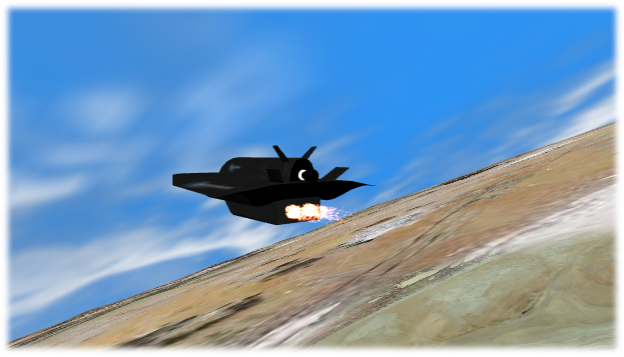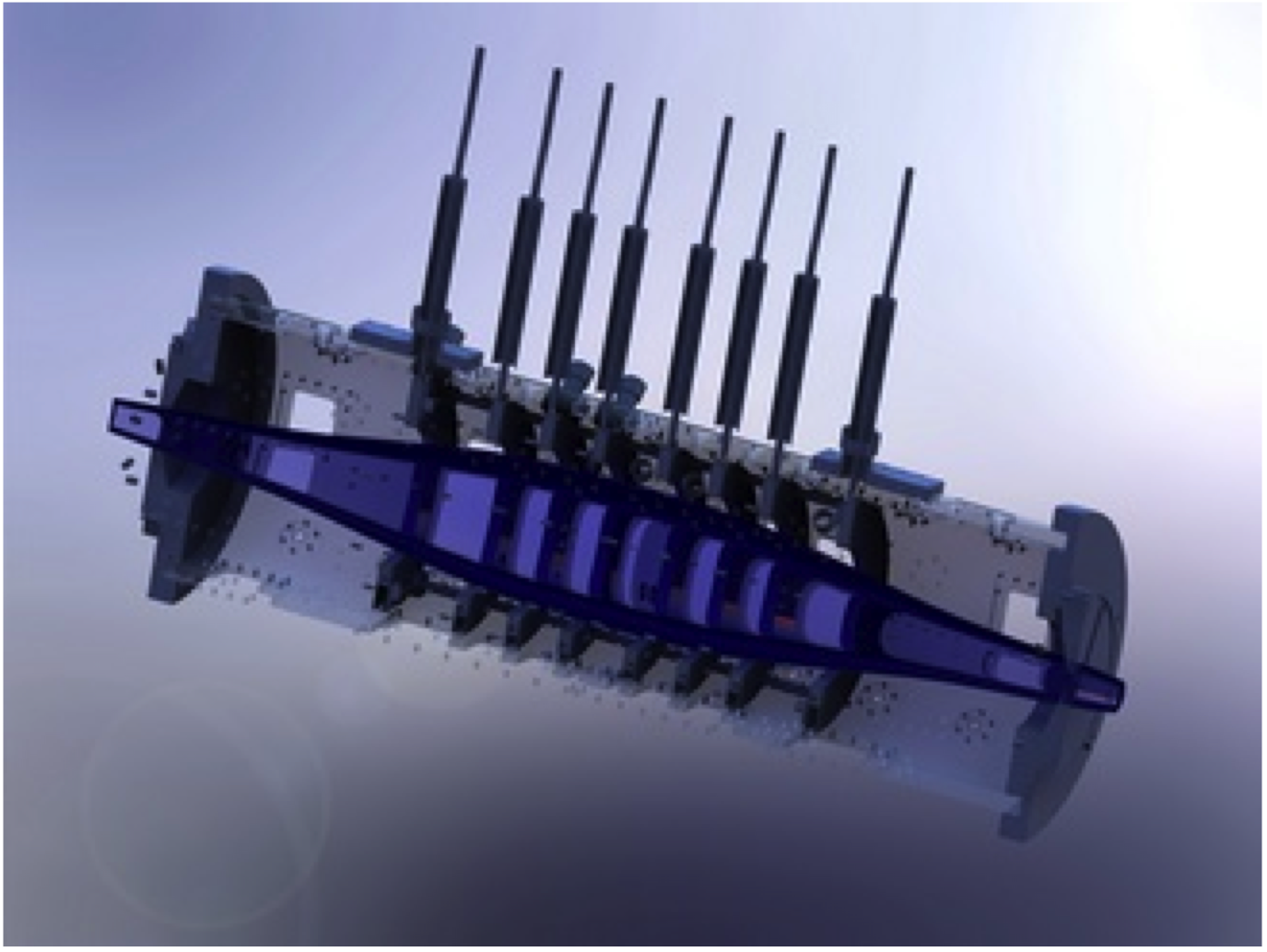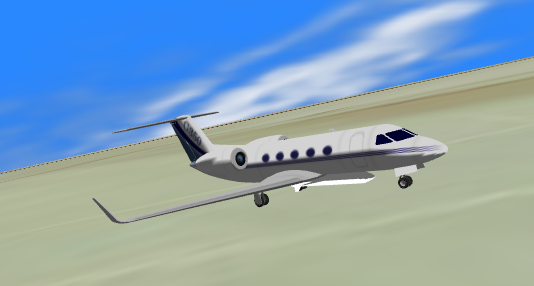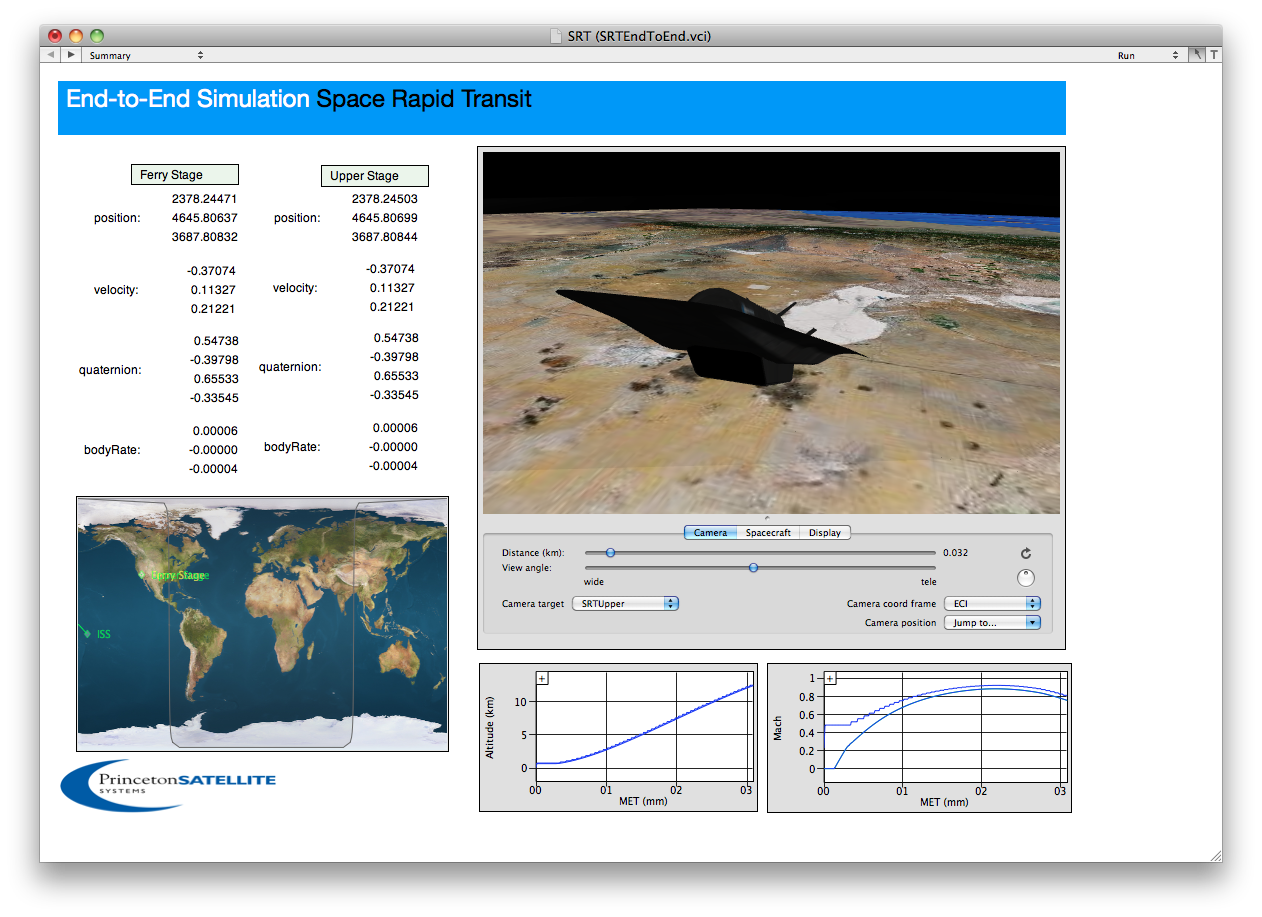
|
SUPPORT SITE |
|
The commercialization of space requires dramatic improvements in all aspects of space technology. Commercial access to space won't be practical unless it becomes two orders of magnitude less expensive and much safer than today. Our concepts for commercial space include Space Rapid Transit and a compact fusion engine.



Currently the best records for human spaceflight safety is 2 lost crews per 140 missions. This is far worse than any other mode of transportation. In 2000, the passenger death rate in automobiles was 0.80 per 100 million passenger-miles. The rates for buses, trains, and airlines were 0.05, 0.03, and 0.02. The comparable rate for human spaceflight is 6700 accounting for the miles traversed during ascent and descent into orbit.
In-space propulsion is limited to solar electric and chemical. For any electrical propulsion system the critical parameter is the specific power, which is how much mass is needed to add a watt to the exhaust plume. Optimistic estimates for solar electric specific power are 0.35 kW/kg for just the solar arrays in the inner solar system. Power processing units, losses in energy conversion, etc. will make that number lower. Fission electric might reach 0.25 kW/kg. When designing a fuel-time optimal trajectory for a mission this drives the optimal exhaust velocity down so that the spacecraft can't take full advantage of high exhaust velocity engines.
Another important factor is the cost of operations. Currently, deep space missions cost up to $50M/year in operations costs. Navigation is done on the ground using the Deep Space Network. Navigation and maneuver planning is done on the ground by teams of experts. The NASA New Horizons mission is put into a sleep mode to reduce operations costs but commercial spacecraft (such as asteroid miners) would not necessarily have long stretches of time when they could be shut down. In addition, missions that require multiple spacecraft flying in close proximity would be difficult to manage from the ground.
Airborne Launch Assist Space Access (ALASA) is a DARPA project to develop a low cost launch system for 100 lb or smaller payloads for less than $1M per launch. The rocket will be designed to launch from a small aircraft. Our concept is a four stage to orbit booster. It has three solid rocket stages.
The fourth stage, with the payload, has a ECAPS liquid High performance green propellant thrusters (HPGP) for precision orbital insertion and attitude control prior to deployment. The propellant is non-toxic reducing the costs of handling the booster prior to launch. The first stage has wings for a lifting 3g pullup maneuver. The fourth stage orbit control system is based on our Indostar-1 stationkeeping system.

Space Rapid Transit (SRT) is a fully reusable two stage to orbit, horizontal takeoff and horizontal landing launch vehicle. The Orbiter uses a reusable liquid hydrogen/liquid oxygen engine. ECAPS HPGP thrusters are used for Orbiter attitude control. The Ferry Stage uses an airbreathing engine. The Aerojet Trijet is a potential Ferry Stage engine.
All electric actuation is used throughout. Both stages carry all necessary avionics to be compatible with commercial airspace.
Completely aneutronic or low-neutron-production reactions are attractive for space propulsion because they reduce the required shielding and therefore reduce engine size, mass, cost, and maintenance as well. Additionally, they reduce the fraction of power not amenable to propulsion and the need to breed tritium.
Our engine, developed in partnership with the a Princeton Plasma Physics Laboratory, employs a plasma maintained in a Field Reversed Configuration and employes odd-parity (about the centerline) radio frequency heating. A novel method is used to add mass to the flow (in addition to that which is used to produce fusion, to achieve the desired thrust and exhaust velocity.
The RF heating method is only applicable to small reactors of radii less than 0.5 m. This makes it ideal for 5 to 10 MW reactors which are well suited to solar system missions with and without crews. A CAD model of the engine is shown in the table above.

G. Pajer, Y. Razin, M. Paluszek, S. Cohen, A. H. Glasser, Modular Aneutronic Fusion Engine}% for Interplanetary Missions, Space Propulsion 2012, May 2012, Bordeaux, France.
M. Paluszek and G. Pajer and J. Mueller,Optical Navigation System," European Conference on the Aerospace Sciences, July 2011, St. Petersburg, Russia.
M. Paluszek, S, Hurley, G. Pajer, S. Thomas, J. Mueller, S. Cohen, D. Welch, Modular Aneutronic Fusion Engine for an Alpha Centauri Mission, DARPA 100 Year Starship Conference, September 2011.
"Space Rapid Transit Navigation and Control", Paul Griesemer, Joseph Mueller, Michael Paluszek and Pooja Raghavan at EUCASS 2011, 4 - 8 July 2011 in St. Petersburg Russia.
"System Design of a Reusable, Horizontal Take-Off/Horizontal Landing Two Stage to Orbit Vehicle", Paul R. Griesemer, Joseph B. Mueller, Michael A. Paluszek and Jingwen Du at the 2010 Joint Propulsion Conference, 5 - 28 July 2010 in Nashville, TN, USA.
For more information: Commercial Space Inquiry